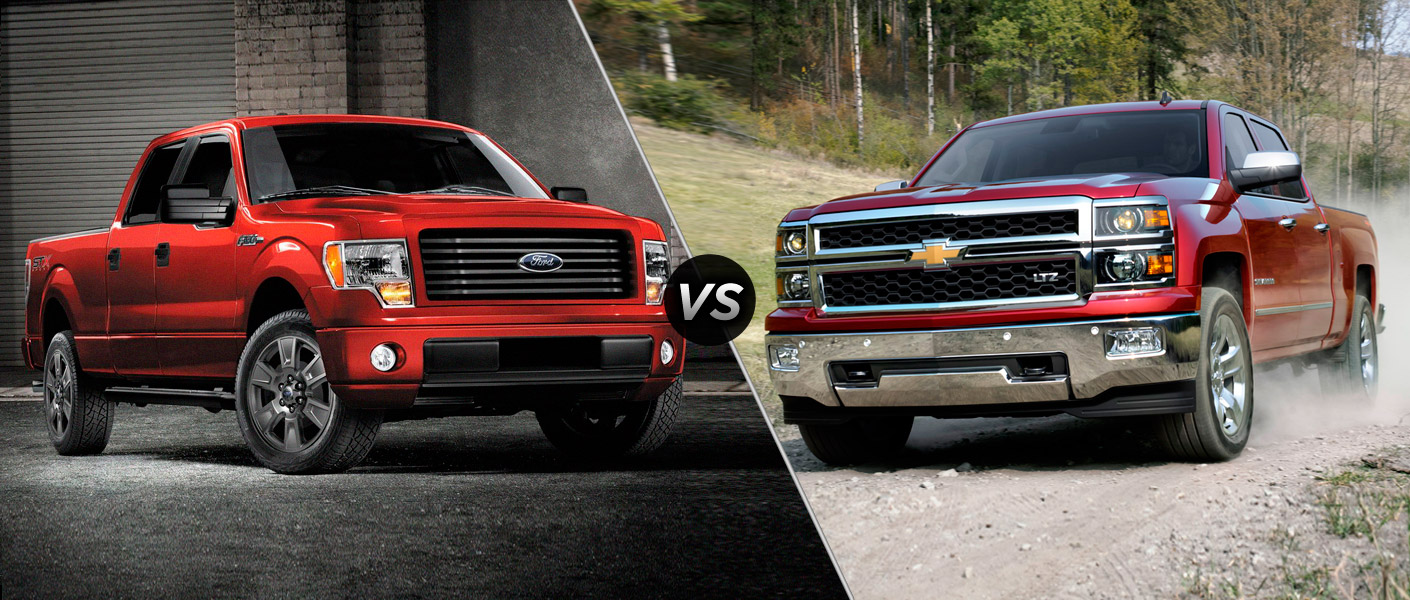
In the early 1900s, cars were a luxury items only for wealthy clients. When Henry Ford started to build his Model T in 1908, this changed. Automobiles instantly became within reach of ordinary people. The first ones had 22-horsepower engines, could go as fast as 40 miles per hour, and could run on gasoline or hemp-based fuel. “No car under $2,000 offers more,” the Ford ads touted. With a hugely successful jump into the “affordable car marketplace,” who would dare challenge Ford at this time? Well, that would be William Durant.
William Durant
In 1911, having been fired by General Motors, William Durant started to manufacture his own car—a low-priced auto named for Louis Chevrolet, his partner and famous race car driver. The profits from this Durant’s fledgling Chevrolet venture enabled Durant in 1917 to purchase enough stock in his old employer (GM) to allow him to return and take over the management.
Chevrolet Challenges the Ford
In the early 1920s Chevy challenged Ford’s Model “T” on its own low-cost turf. The Chevy was well made and inexpensive. For the first time Ford now had some serious competition. In 1927 Ford shut down for 6 months to tool up for the new Model A. During this period, Chevrolet surpassed Ford in total sales for the first time.
The Ford Model A
In 1928, the new Ford Model A took the market by storm. It was the first real model change for Ford in 20 years. It had 40 HP compared with the Model T’s 20 HP, and it came in four colors! It was styled by Edsel Ford, Henry’s son, and he produced a beautiful car. It was a massive hit.
The Return of Chevrolet
As Ford celebrated producing a winner, Chevrolet was working on a project of their own. In 1929 Chevy’s famous 6 cylinder OHV engine hit the market. With 50 HP, it one-upped the Model A and was the start of Chevrolet’s claim of “More Car for the Same Money.” Sales figures responded and for several years, Chevrolet sales figures now topped those of Ford.
The Engine War Heats Up: From 6 to 8
In the early 1930s, the large and more powerful Chevy outsold Ford, but Henry Ford, the aging genius, had one more trick up his sleeve. Henry’s plan depended on finding an inexpensive way to produce a V-8 engine—a complicated and pricey power plant. His metallurgy team found a way to cast the engine blocks in one piece. That was the trick that made feasible the production of the famous Ford flathead V-8. When it debuted in 1932, it made Ford the unchallenged horsepower leader, and sales figures responded.
Ford Company Falls Behind again
In the early 1930s, Henry Ford had a series of strokes but he still ran the company, although his son Edsel was the officially titled manager. Ford Co., at Henry’s insistence offered fewer accessories and choices for features than Chevrolet. Throughout the 1930s, as related to us by Kim’s Chevrolet of Laurel, a Chevrolet dealer in Laurel, Mississippi, Chevrolet continued innovate with features such as hydraulic brakes and column gear shifts, and in 1939 a station wagon was added to the lineup. These innovations made Chevrolet the sales leader through much of the 1930s.
From Competitors to War Winners
The competition between Ford and Chevrolet was extinguished when World War II began. Both contributed greatly to the war effort. Edsel Ford designed a new plant at Willow Run to build the B-24 four-engine bomber. By 1944, it was producing an amazing one plane per hour on its Ford-style assembly line. GM also built planes, plus other military vehicles, and was the largest single producer of wartime hardware. U.S. military might had won the war but U.S. manufacturing capacity provided the tools, with GM and Ford both leading the way.
Previous article
Ways to Extend Your Turbo’s Life


